
Neuromarketing research: Innovative research methods and techniques
Get your face read, your brain measured, and your heart rate checked. Innovative research methods and techniques found their way into neuromarketing.

Creating a custom expression for Engagement: A validation study with FaceReader
The concept engagement is gaining more and more attention. Many companies are looking for ways to increase consumer engagement. But, how do you know a consumer is feeling engaged?

Emotional responses to winning a paralympic medal
Guest blogger Jeffrey J. Martin conducted a study to examine the emotional reactions of Paralympians right after winning a medal, using automated facial expression analysis.
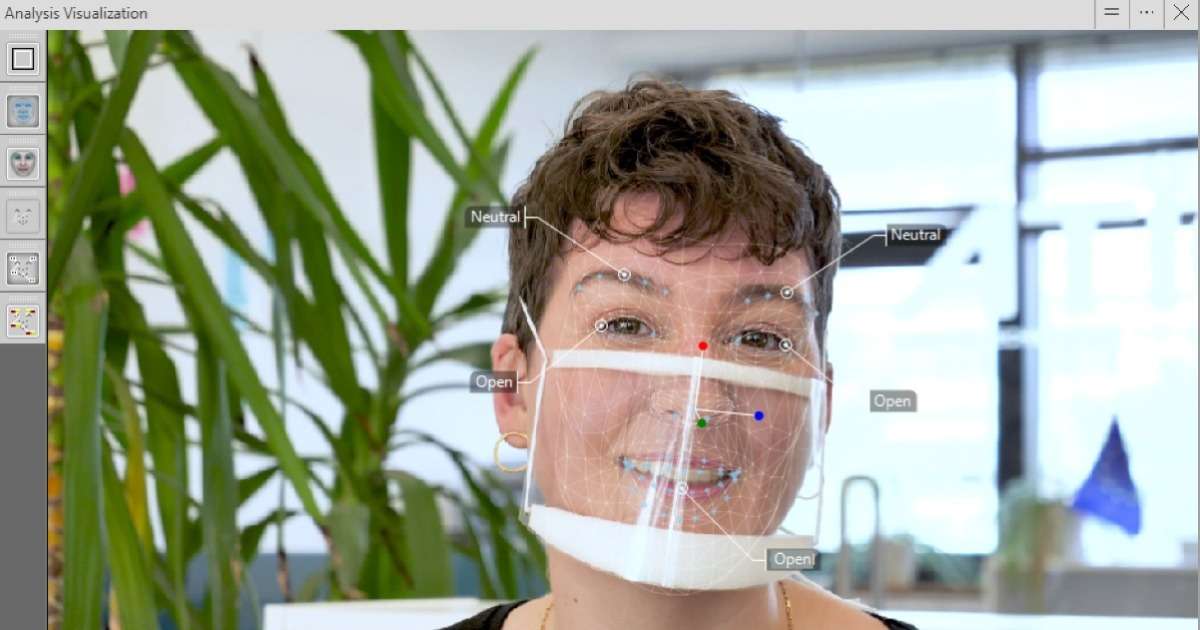
Why a clear mask is essential for clearer communication
For people who are deaf or hard of hearing, it is essential to be able to see the movements of the mouth while communicating. With the help of clear masks they can access the full facial expressions.
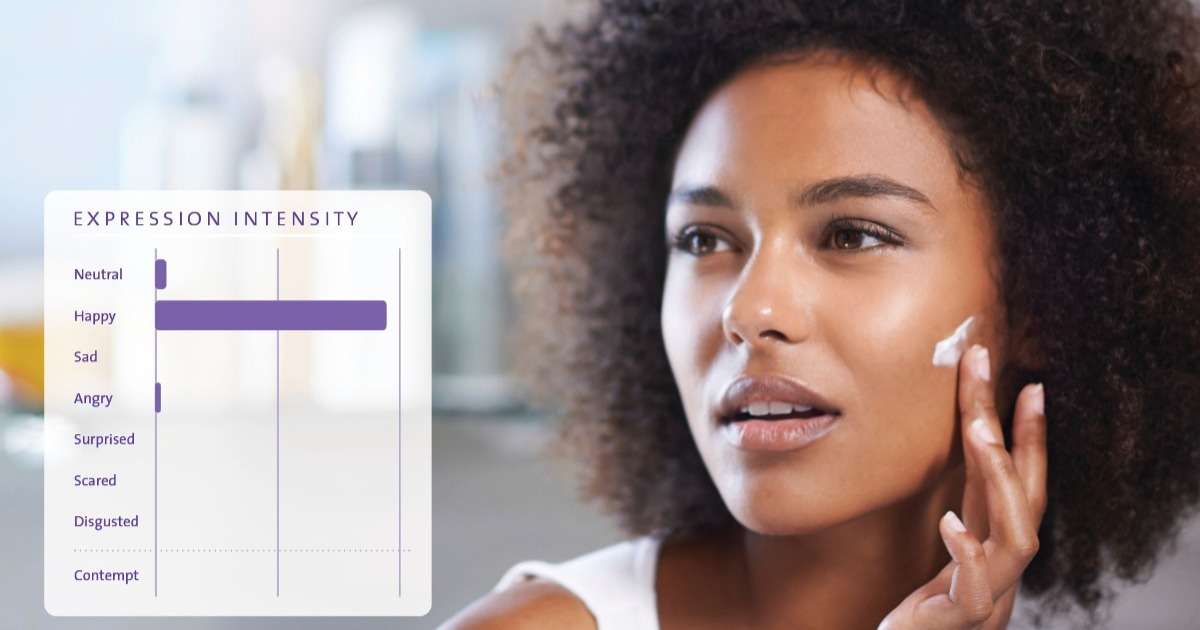
Three ways to understand consumer emotions
Many companies are seeking ways to understand consumer emotions in order to predict product acceptability. Here are three ways you could set up your study to assess consumer emotions.
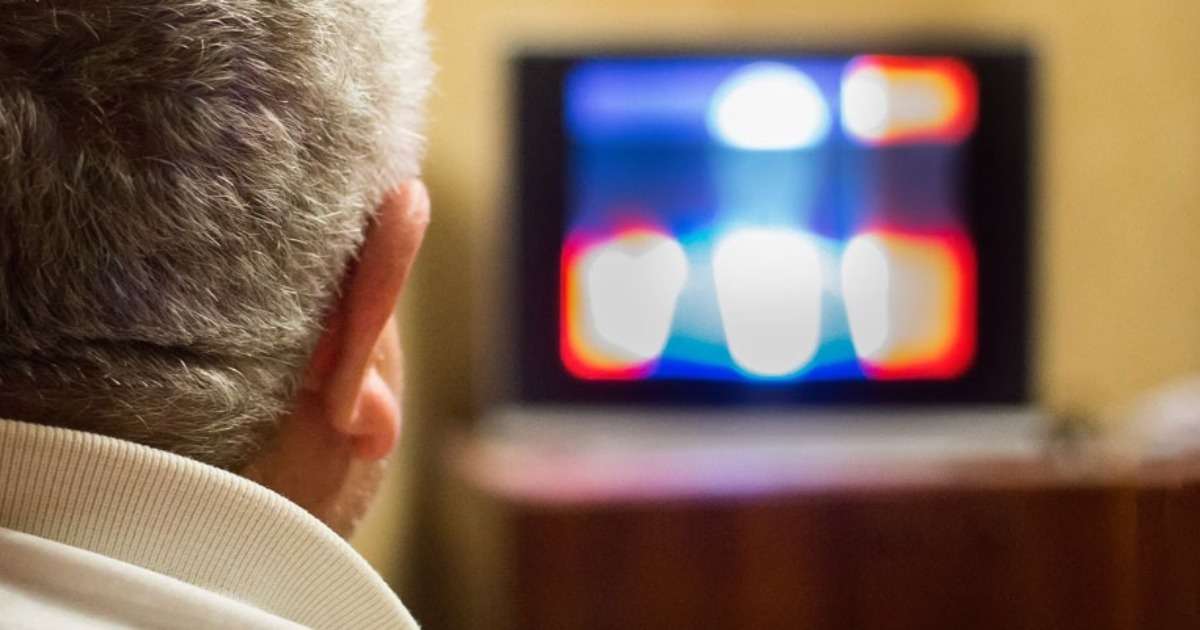
Measuring the intensity of emotional response to political advertisement videos
To convince voters, all kinds of strategies can be used to stimulate the electorate. Researcher Dias and his team evaluated how voters respond to changes in the scenario of videos of political propaganda.

The role of facial expression of emotion in joint activities
How does emotion expression guide interactive value learning and interactive corrective action selection? Dr. Robert Lowe investigated this and shares his findings in this guest blog post.
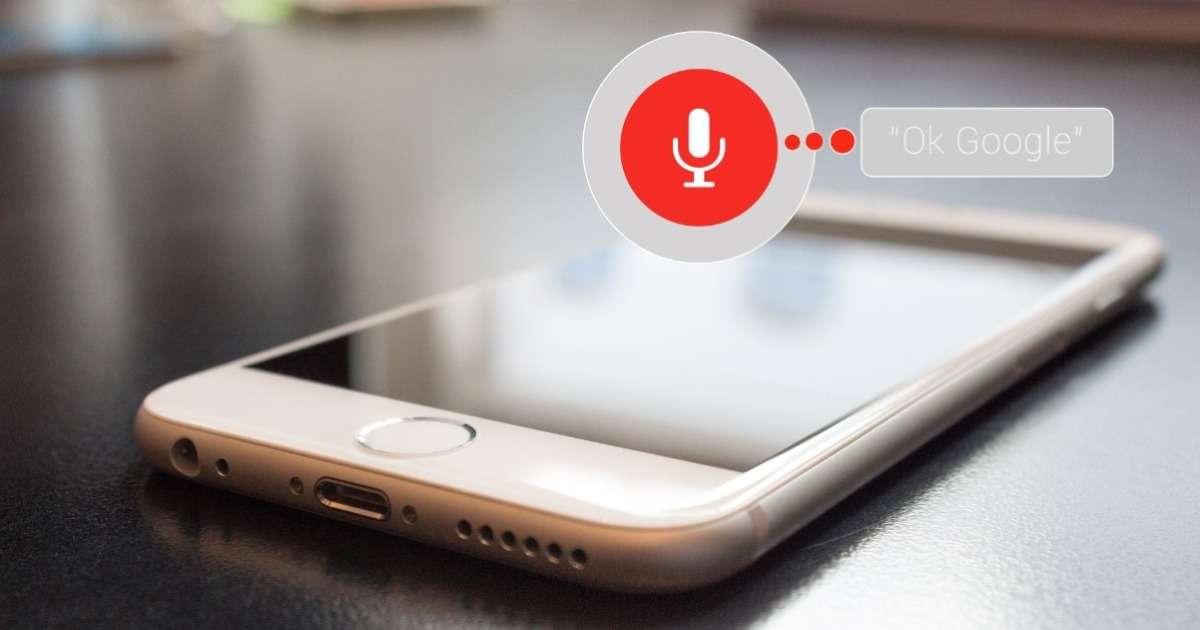
Alexa, Siri, Google – Are voice assistants the future of marketing?
Voice assistants – they are found in almost every aspect of our daily lives. Elaine Mathe studied how users interact with voice assistants and what emotions they show in response to played ads.

STAY AT HOME!
What is the best way to communicate an important message such as 'Stay at home'? The research team of Mauri compared the emotional reactions to three short videos containing this message using FaceReader.
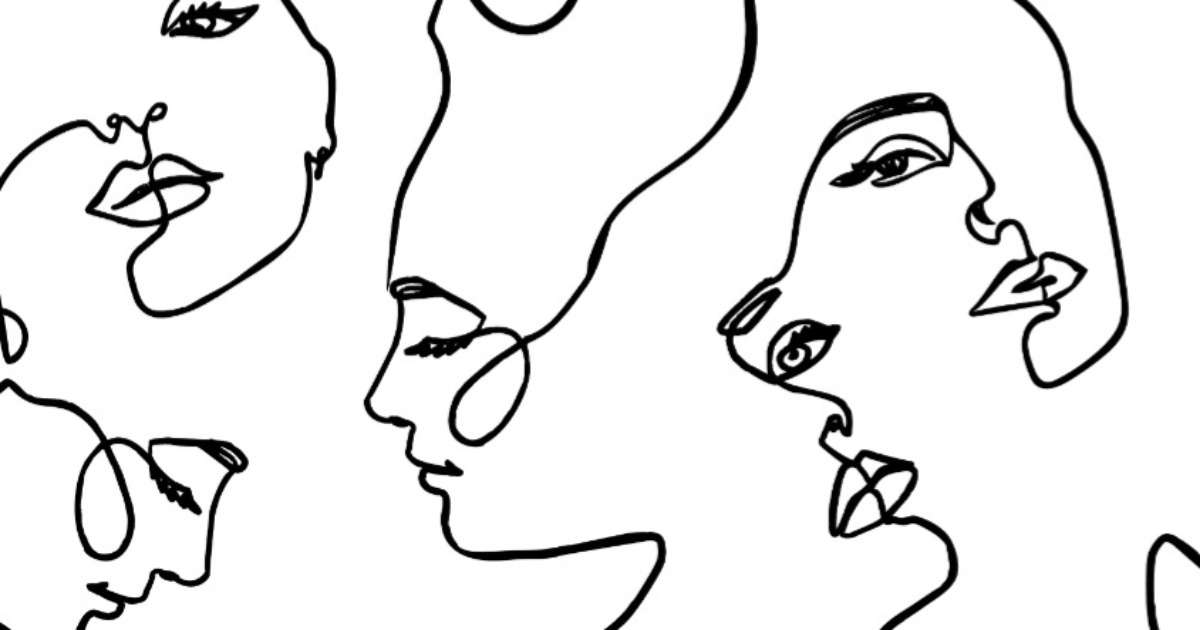
The role of emotional expressions after face transplant
“Would undergoing a face transplant have any value to it if somebody across the room couldn’t tell you were happy by just looking at you?”
